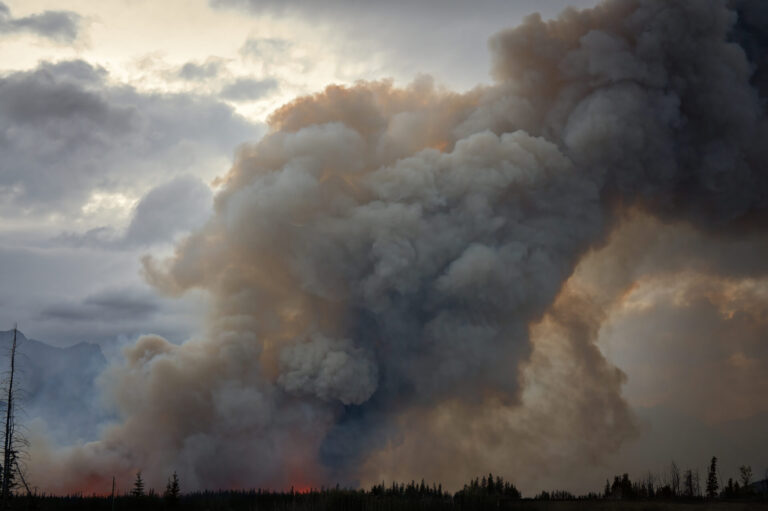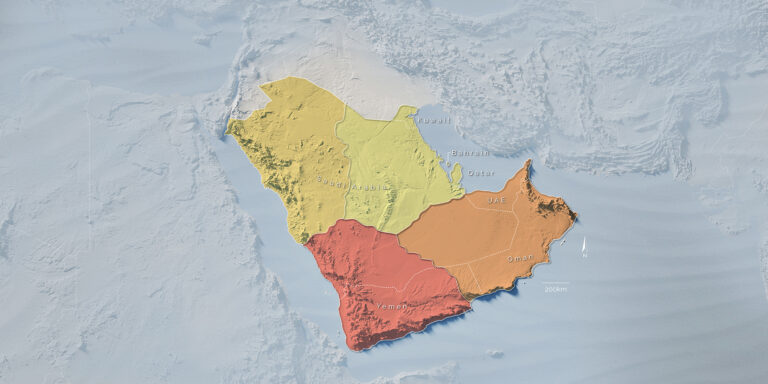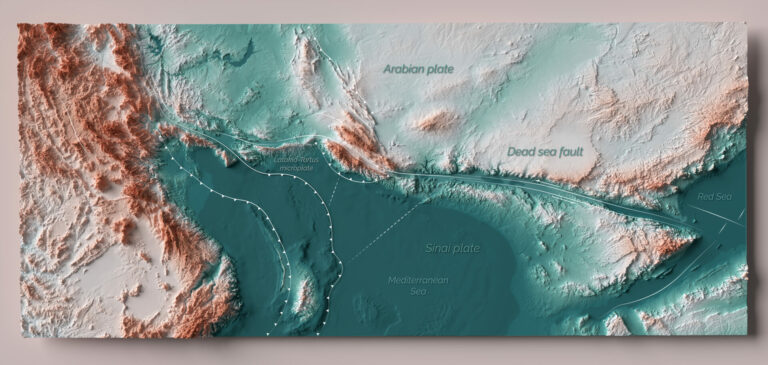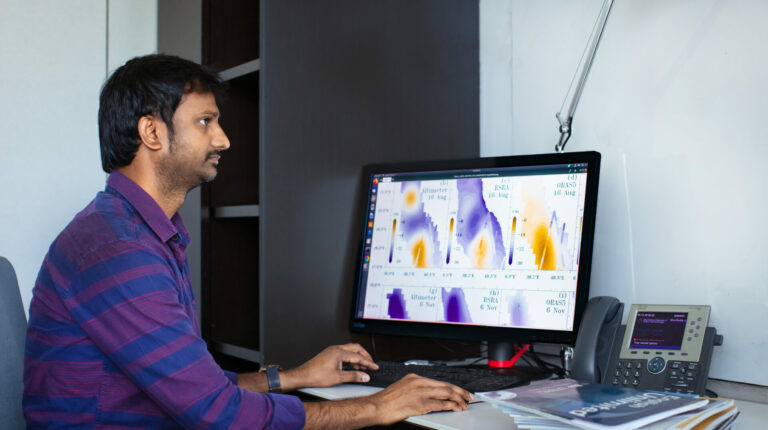Earth Science and Engineering
Seismic data yields deeper quake knowledge
Analysis of abnormally deep earthquakes may lead to improved seismic forecasting.

KAUST researchers have linked the magnitude of earthquakes and the extent to which they cause aftershocks to new depths in the Earth’s crust. © KAUST/Kim Olsen. /en/article/1034/seismic-data-yields-deeper-quake-knowledge
KAUST researchers have linked the magnitude of earthquakes and the extent to which they cause aftershocks to new depths in the Earth’s crust. © KAUST/Kim Olsen. /en/article/1034/seismic-data-yields-deeper-quake-knowledge
By examining data from large earthquakes, KAUST researchers have linked their magnitude, and the extent to which they cause aftershocks, to new depths in the Earth’s crust: these are depths at which it was previously thought earthquakes could not occur.
“This research is critical to understanding how stress builds up on a fault,” says Paul Martin Mai, who led the research. “If we observe an increase in seismogenic (earthquake generating) depth right after a large earthquake in a given fault system, then we know that the next large earthquake in that area may be stronger than we would have thought possible assuming fixed seismogenic depth.”
Most earthquakes occur in the strongest layer of the Earth’s crust, typically between 13 and 18 kilometers deep. Here, huge confining pressure from above acts to increase the brittle strength of rock to maximum effect such that more stress builds up before it fractures. Below this depth, heat from the Earth’s core raises the temperature to degrees at which rock behaves plastically: deforming like a slow-moving liquid, instead of rupturing.
Until the mid-1980s, earthquakes were thought to not occur in this “aseismic” lower zone. Subsequently, however, seismologists began recording aftershocks in this zone, following large earthquakes in the seismogenic zone above. During this transient increase in seismogenic depth, they surmised that rock in the aseismic zone was behaving like the toy Silly Putty, which will flow under normal conditions but ruptures under abnormal stress.
The team’s hypothesis was that transient seismogenic deepening varies with earthquake magnitude. To test it, the researchers took data from 16 earthquake cycles in four fault zones, with each cycle spanning thousands of tremors leading up to and away from the main quake. The zones, in Alaska, Japan, California and Turkey, were chosen for the quality of their data-collecting seismometer networks. In each of the 16 cycles, the main quake was big enough to rupture the Earth’s crust from the surface all the way down to the aseismic zone.
“I had the idea for this paper 10 years ago, but back then there were few data points,” says research scientist Olaf Zielke. “Holding back until rich enough data sets became available has been a waiting game.”
Now, the team has shown the connection between earthquake magnitude and degree of transient seismogenic deepening. Their finding should lead to a better understanding of earthquake physics, as well as improved seismic hazard assessments.
References
- Zielke, O., Schorlemmer, D., Jónsson, S. & Mai, P.M. (2020). Magnitude-dependent transient increase of seismogenic depth. Seismological Research Letters 91, 2182-2191 (2020).| article
You might also like

Earth Science and Engineering
Sensing color cues to monitor coral health in the Red Sea

Earth Science and Engineering
Kahramanmaraş earthquake study showcases potential slip rate errors

Chemical Engineering
Unveiling the role of biomass-burning aerosols in atmospheric reactions

Earth Science and Engineering
Feeling the heat across the Middle East

Applied Mathematics and Computational Sciences
Past and future drought patterns across the Arabian Peninsula

Earth Science and Engineering
Fewer major earthquakes for the northern Dead Sea Fault

Applied Mathematics and Computational Sciences
Measuring the impact of desert greening

Applied Mathematics and Computational Sciences




